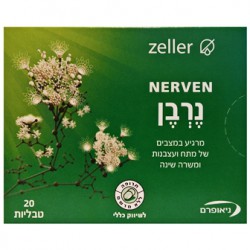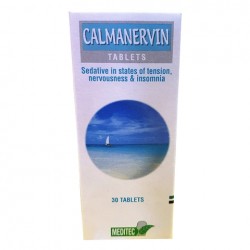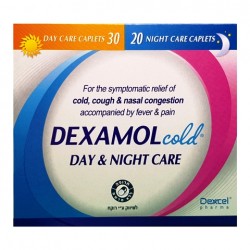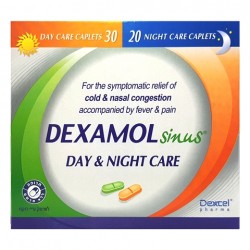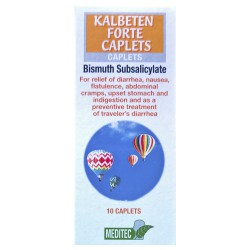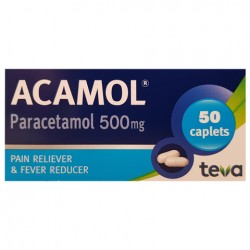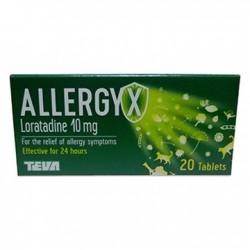Polymem non-adhesive 10x10cm
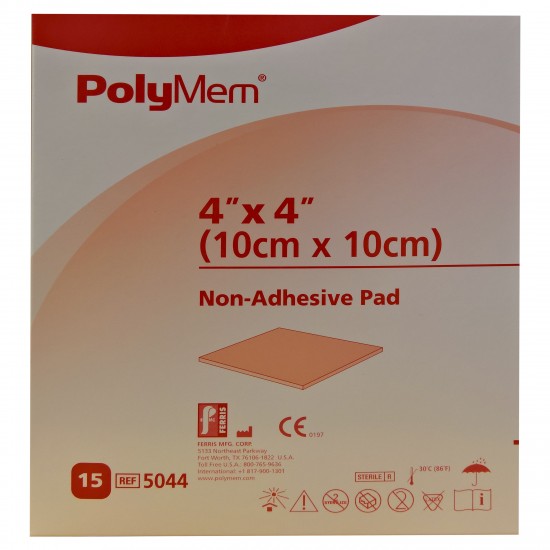
Polymeric membrane dressing. Helps to effectively manage and heal wide variety of wounds, absorb fluid and provide a moist healing environment, minimize and relieve persistent and procedural wound pain, reduce edema,bruising and the spread of inflammation into surrounding undamaged tissues.
Polymem polymeric membrane dressings are made of moisture-loving polyurethane matrix that contains (1) safe wound cleanser, (2) glycerin moisturizer, and (3) super absorbents.
Dressings have a thin polyurethane backing which breathes and helps keep out contamination. Dressings may be used as a primary, secondary, or combined primary and secondary dressing.
Drug-free Polymem dressings help to:
• effectively manage and heal wounds
• absorb fluid and provide a moist healing environment
• minimize and relieve persistent and procedural wound pain
• reduce edema, bruising, and the spread of inflammation into surrounding undamaged tissues
Indications
Polymem non-adhesive may be used under the direction of a healthcare professional, for the management of serious wounds, such as most partial and full thickness wounds, including:
- Pressure ulcers (stages I-IV)
- Venous stasis ulcers
- Acute wounds
- Leg ulcers
- Donor and graft sites
- Skin tears
- Diabetic ulcers
- Dermatologic disorders
- 1st and 2nd degree burns
- Surgical wounds
- Vascular ulcers
Polymem non-adhesive may be used over-the-counter, for management of minor wounds, such as: abrasions,lacerations,cuts,burns.
Directions For Use
Initial Application
1. Prepare the wound according to protocol or as directed by a physician or other ordering clinician.
2. Select a dressing with the membrane pad 0.6-5 cm larger than the wound. The dressing should also cover any inflamed or damaged area surrounding the wound. Dressings may be cut.
3. For dry wounds, moisten dressing slightly prior to application.
4. Apply film side out (so printing is visible).
5. Secure dressings, such as with tape, netting, or gauze.
6. Outline the wound on top of dressing to help determine when to change
Use
1. A dramatic increase in wound fluid may be observed during the first few days due to the fluid attraction. This is not uncommon and indicates that the dressing is working.
2. Keep the dressing dry and in place when bathing. Change the dressing if it gets wet.
Dressing Change
1. For an exuding wound, fluid will become visible through the top. Change before fluid reaches the wound margin, or when good practice dictates, or after no more than 7 days. Change immediately if fluid reaches the edge of the membrane pad.
2. More frequent changes may be needed due to a compromised immune system, diabetes, infection, hypergranulation, macerated tissue, or when desiring to facilitate the removal of non-viable tissue.
3. Gently remove the dressing. The Polymem pad will generally not adhere to the wound bed, usually ensuring pain-free dressing changes. Inspect the dressing and wound to assure removal of all material.
4. If coagulated blood or dried exudate has caused the dressing to adhere to skin or hair, use a small amount of saline or water to slowly gently soften and loosen. Clean the intact skin around the wound.
5. Manage dressing changes according to protocol or as directed by physician or other ordering clinician. In most cases, when using Polymem, there is no need to disturb or cleanse a wound during changes unless the wound is infected or contaminated. Polymem is designed to continuously clean the wound and does not leave residue that needs to be removed. Excessive cleaning may injure regenerating tissue and delay wound healing.
6. Apply a new dressing.
Observations during use or change:
- During normal healing, the wound may appear to become larger during the first few dressing changes because the body is naturally removing non-viable tissue. If the wound continues to become larger, consult an expert.
- Polymem dressings help support new blood vessel formation so it is not uncommon to see blood-stained wound fluid and dressings during changes.
- Be alert for signs and symptoms, such as, increased redness, inflammation, pain, warmth, odor, whitening, fragility, excessive tissue formation, or lack of healing. Consult a professional for problem situations, such as, infection, irritation, sensitivity, allergy, maceration, or hypergranulation.
Precautions
For external use only.
Polymem dressings are not compatible with oxidizing agents (hydrogen peroxide or hypochlorite solutions).
Prior to performing imaging procedures, determine if the dressing should be removed.
Avoid contact with electrodes or conductive gels.
Topical treatments are not recommended in conjunction with PolyMem dressings.
Be alert for signs of infection or maceration.
Do not use and discontinue use on people who show signs of sensitivity, irritation, or allergy from the dressing or its materials.
Intended for one use on one person. Do not reuse. Reuse may degrade properties, spread contamination, and increase risk of infection
Polymem dressings may be used when signs of infection are present if proper medical treatment that addresses the cause of the infection has been implemented.
Please do not consider this information as an alternative to consulting your physician or nurse.
For further information on instructions for use, risks and side effects, please read the patient package insert and consult your doctor or nurse.
Read the patient package insert carefully before starting the treatment.









